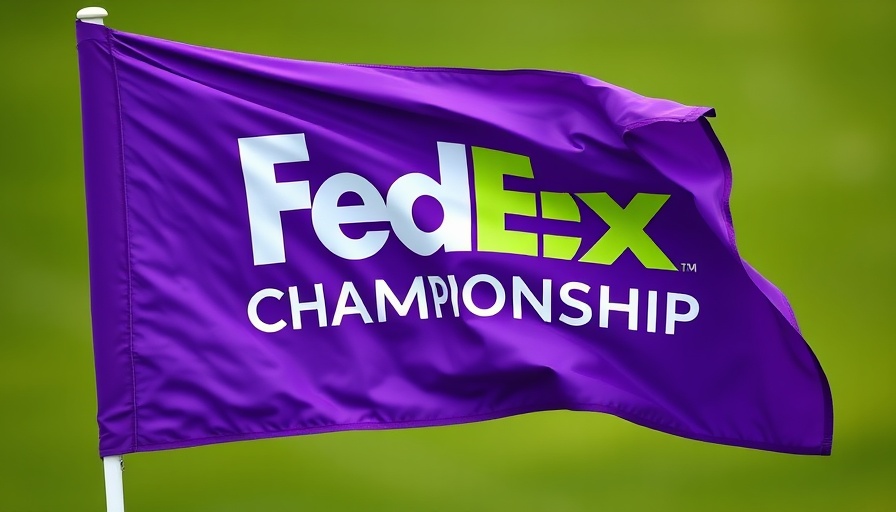
Golf Courses vs. Uneven Fields: The Struggles of Modern Soccer
In a recent commentary, Arsenal's Renée Slegers candidly expressed her frustrations regarding the poor condition of soccer pitches, suggesting that playing on a meticulously maintained golf course would be far easier than navigating the rocky, uneven surfaces that can characterize some soccer fields. Her statement raises crucial discussions about the state of soccer infrastructure and the inherent challenges faced by players.
Understanding the Roots of Poor Pitch Conditions
From grassroots community clubs to elite professional teams, the quality of playing surfaces can dramatically impact performance. Slegers’ comments reflect a frequent grievance among players who believe that inadequate maintenance leads to injuries and suboptimal match conditions. Soccer pitches, unlike golf courses, often suffer from neglect due to limited budgets, especially at the youth and amateur levels. This discrepancy calls into question how we prioritize different sports.
The Broader Implications: Who Suffers from Poor Infrastructure?
Players like Slegers are not just voicing personal frustrations—they are shining a light on broader systemic issues. When playing surfaces are subpar, it’s not just the talent on the field that suffers; spectators too miss out on the fluid, exciting gameplay that comes with a well-kept pitch. Moreover, this issue has tangible repercussions for community engagement in soccer. Young athletes may abandon the sport for fear of injury or frustration with poor conditions. Thus, ensuring better pitch maintenance could lead to increased participation and development of talent.
Exploring the Golf Course Comparison
The comparison between golf courses and soccer pitches also opens an intriguing dialogue about sport valuation. Golf often receives significant financial resources and media exposure compared to soccer, particularly with regard to the maintenance of courses. What does this disparity in investment reveal about societal attitudes towards different sports? When elite athletes like Slegers argue that grass surfaces designed for leisurely golfing can be preferable to their own playing fields, it serves as a wake-up call to stakeholders across the sports community.
Future Predictions: A Sports Landscape Reformed?
If the issues raised by players like Slegers gain more traction, we might see increased advocacy for better pitch conditions. With grassroots movements pushing for funding and resources, we could potentially witness a shift in how soccer pitches are maintained. Furthermore, as more stories of poor conditions circulate, manufacturers and teams might invest more into technology that helps maintain existing grass surfaces or even steer towards synthetic alternatives. In this potential future, the gap in quality could begin to close.
Your Role: Advocating for Better Conditions
As a fan, player, or supporter, there are actionable steps you can take to advocate for better conditions in your local soccer community. Engage with clubs and local governing bodies, push to elect officials who prioritize sports infrastructure, or volunteer your time to help maintain local fields. Your involvement can spark significant change.
Slegers’ statement prioritizes a conversation about quality in soccer that all fans and players must engage in. Support the soccer culture in your community by ensuring that efforts for better pitch conditions are more than just talking points. Next time you find yourself on a beautiful golf course, remember the players striving to bring the same enjoyment and quality to their soccer fields.
 Add Row
Add Row  Add
Add 




Write A Comment